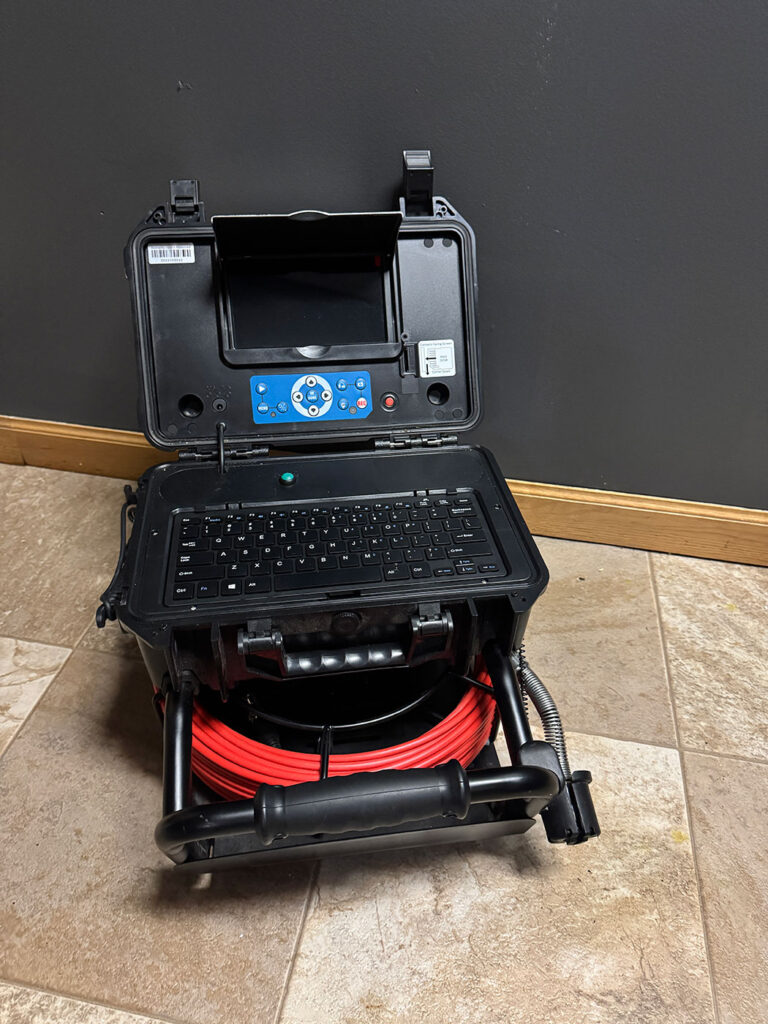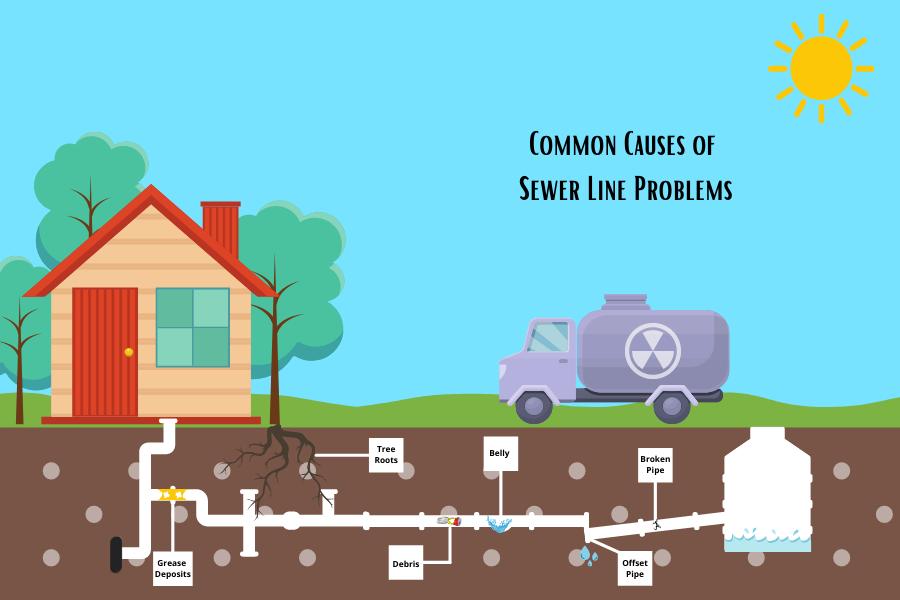When purchasing a home, there’s a long checklist of things to inspect: foundation, roof, plumbing, electrical systems, and more. But one area that often gets overlooked until it’s too late is the sewer line. A clogged, damaged, or aging sewer line can lead to costly repairs and significant headaches. That’s where sewer line scans come in, offering a proactive solution to ensure your new home’s plumbing is in tip-top shape before you sign on the dotted line.
What Is a Sewer Line Scan?
A sewer line scan is a non-invasive procedure used to inspect the condition of a home’s sewer line. Using a specialized camera attached to a flexible cable, home inspectors can explore the sewer line’s interior, identifying any potential issues like blockages, cracks, root infiltration, or other damage. The camera feeds live footage to a monitor, allowing the inspector to closely assess the condition of the pipes from the inside out.
Why Sewer Line Scans Are Essential
Sewer line problems are notoriously difficult to detect with the naked eye, as they’re buried underground. That’s why relying on traditional visual inspections or superficial assessments might leave you in the dark about potential issues. A sewer line scan, however, can reveal the hidden dangers lurking beneath the surface. Here’s why it’s such a valuable tool for homebuyers:
1. Preventing Costly Repairs
Repairing or replacing a damaged sewer line can be an expensive endeavor, often costing thousands of dollars. If a major issue is uncovered after you’ve already purchased the home, you’re left footing the bill. A sewer line scan before closing allows you to identify any potential problems early on, and if necessary, negotiate the repair costs with the seller before finalizing the deal.
2. Identifying Hidden Issues
Sewer lines can suffer from a variety of problems that are not easily visible during a typical home inspection. Issues such as tree root infiltration, shifting soil, broken pipes, or corrosion can all cause major disruptions to your plumbing system. A sewer line scan can pinpoint these issues with pinpoint accuracy, allowing you to address them before they escalate into bigger, more expensive problems.
3. Peace of Mind
Buying a home is an enormous investment, and you want to feel confident that you’re making a smart decision. Knowing that your sewer line is in good shape can give you peace of mind that you won’t be faced with unexpected plumbing disasters soon after you move in. A sewer line scan offers an added layer of security that you’re getting exactly what you paid for.
4. Sewer Line Location and Age
Not all sewer lines are created equal. Some homes may have older, more fragile systems that are more prone to wear and tear, while others might have newer, more robust materials that are less likely to fail. Sewer line scans can help determine the age, material, and overall condition of the pipes, which can be useful information when planning future maintenance or deciding on long-term homeownership.

When Should You Get a Sewer Line Scan?
Ideally, a sewer line scan should be done as part of the home inspection process. It can be especially important in older homes, homes with large trees nearby (as tree roots can often infiltrate pipes), or homes that have had prior plumbing issues. If you’re buying a home in an area known for poor sewer infrastructure or soil conditions, a sewer line scan is highly recommended.
Additionally, if you’re planning any major renovations or digging around your property (for example, landscaping or installing a pool), a sewer line scan can help you avoid unintentional damage to the pipes. It’s a good idea to perform routine scans every few years, especially in homes with older plumbing systems.
The Process: What to Expect During a Sewer Line Scan
During the scan, the home inspector will typically access the sewer line through a cleanout, which is a small access point usually located in the basement or outside the home. The camera is then slowly fed through the pipe, capturing detailed video footage of the sewer line’s interior. As the camera moves through the line, it can reveal cracks, clogs, or other issues. The footage is recorded, and the inspector will provide a detailed report of their findings.
If any major issues are detected, the inspector may recommend a follow-up inspection or even a more thorough assessment by a licensed plumber. Depending on the severity of the problem, you may be able to negotiate repairs or ask the seller for a credit to cover the costs.
Conclusion
A sewer line scan is a small investment that can yield significant returns when it comes to protecting your new home. By catching potential problems early, you can avoid unexpected repair costs and ensure the plumbing system is in working order. If you’re in the process of buying a home, don’t overlook the importance of this crucial inspection—it could save you time, money, and stress down the line.
By choosing a qualified inspector to conduct a thorough sewer line scan, you’re taking an important step toward securing your home’s long-term health and value. So, the next time you’re walking through a potential new home, don’t forget to look below the surface—literally


Leave a Reply